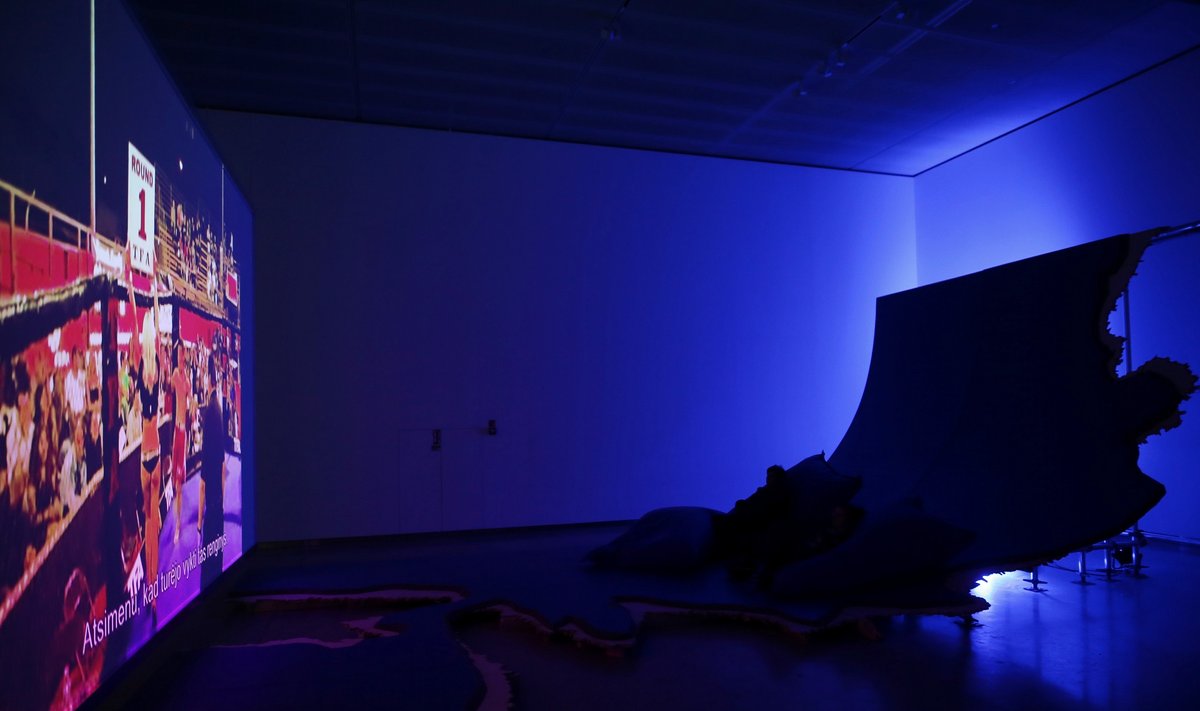Designed by Daniel Libeskind – one of the worlds’ most prominent architects and creator of the World Trade Centre master plan in New York and the Holocaust Museum in Berlin – MO Modern Art Museum in Vilnius opened its doors in Fall 2018 and was recognized as one of the top five most anticipated museums in 2019 (“Architectural digest”).
Having broken attendance records for private museums in the Baltic region during its first months of operation, MO Museum now opens its second major exhibition Animal – Human – Robot.
“What have animals and robots become in our lives, and what role do we play in theirs? Our relationships with other life forms and artificial intelligence say a lot about us as human beings, so we have invited artists to help us explore these experiences,” says MO director Milda Ivanauskienė.
Contemporary art stars and artists who worked behind the Iron Curtain
An important focal point of this exhibition is the work of German artist Hito Steyerl, in 2017 named most influential contemporary artist in the ArtReview “Power 100” rating. Her work has been shown at MoMA in New York and in London and Madrid galleries; she represented Germany at the 2015 Venice Biennale and is the recipient of important Dutch and Danish art festival awards.
This exhibition features Steyerl’s piece Liquidity Inc, in which the artist uses the analogy of water to speak about migration, Internet data dissemination, and financial crisis in order to explore how human beings adapt to challenges.
The core of the exhibition is made up of the MO Museum collection – a treasure trove of Lithuanian artworks from the 1950s to the present day. A total of 170 works are shown, including pieces by artists who worked behind the Iron Curtain (Šarūnas Sauka, Vincas Kisarauskas, Mindaugas Navakas and Romualdas Rakauskas) that were not known to the world, and pieces by some of the young Lithuanian artists currently gaining international attention (Pakui Hardware and Emilija Škarnulytė). A work by Pakui Hardware, which appears on the exhibition catalogue cover, invites us to speculate about future hybrid life forms.
Animal – Human – Robot includes various art forms: from traditional fine art and photography to post-digital spaces and visual installations.
The exhibition also features artists from the other two Baltic countries – Latvia and Estonia. Installation artist Katja Novitskova, who is nominated for this year’s prestigious German Preis National Galerie, is known as a founder of post-Internet art and has authored the Post Internet Survival Guide. Daiga Grantina is representing Latvia at this year’s Venice Biennale. Mikelis Fišers uses irony and humour to critique fanaticism and belief in universal truths; he has received Latvia’s prestigious fine arts Purvitis Prize and represented his country at the 2017 Venice Biennale.
An artwork that inspired scenes in the film The Square
Exhibition viewers will also have the chance to see works by Ukrainian-born Russian artist Oleg Kulik, who is famous for radical performances in which he transforms himself into a rabid dog. Indeed, Kulik was the inspiration for the dinner scene in Ruben Ostlund’s famous movie The Square. This artist asks what it means to be human and what would happen if we returned to a primeval, animal nature.
An interactive laboratory offering surprising experiences
While the exhibition opens in April, during the month of May it will be complemented by the interactive exhibition-laboratory Shared Habitats, which will offer an opportunity to imagine the experience of some of the “others” we live with – animals and mushrooms – and to model the kinds of problems technology will help us to solve in the future. Here we will be able to get a sense of how a pig trying to escape from a slaughterhouse feels; sing karaoke with flies; hear music made by insects; and see how clothing can be made from plant roots. This experiment is the result of collaboration between Germany’s Weimar University and Lithuanian artists, who, later in the fall, will be participating on the Ars electronica forum in Linz, Austria – the mecca of science and innovation.
The exhibition Animal – Human – Robot will be held at MO Museum from April 6 to August 25; the complementary exhibition Shared Habitats will be open May 4 to July 22.
